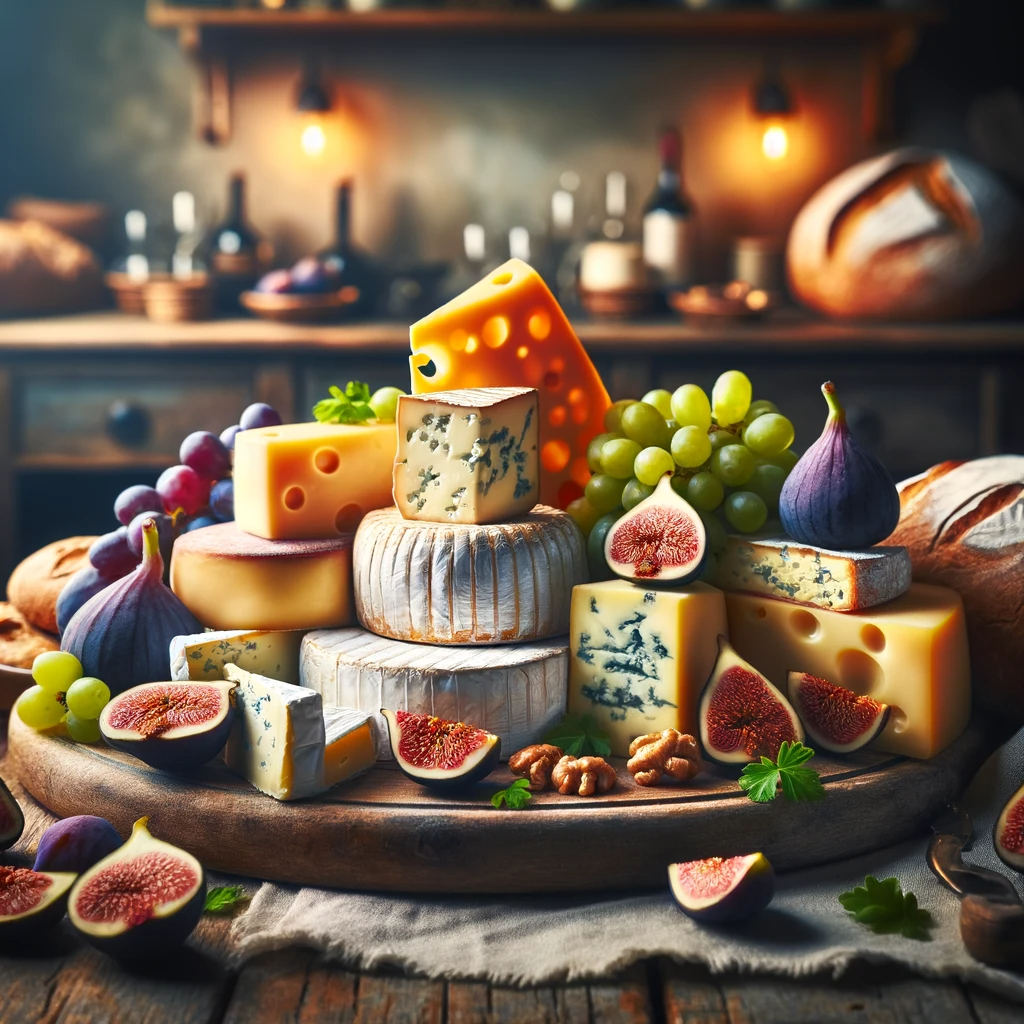When we think of cheese, our minds often conjure up images of deliciously golden-yellow cheddar or creamy white mozzarella. Indeed, the color of cheese plays a significant role in our perception of its quality and taste. But have you ever wondered why cheese comes in various shades, or how its color is influenced by the ingredients used in its production? In this article, we will delve into the fascinating world of cheese color, exploring the ingredients that contribute to it and its importance in the culinary world.
The Basics of Cheese Color
The natural color of cheese primarily stems from two sources: the milk used and the presence of additives. Let’s explore each of these factors in more detail.
1. Milk Source
The type of milk used to make cheese is a fundamental determinant of its color. Milk from different animals and their diets can result in a wide range of hues:
a. Cow’s Milk
- Most commonly used in cheese production.
- Produces a creamy, pale-yellow color due to the presence of beta-carotene in the grass and feed cows consume.
b. Goat’s Milk
- Typically yields a whiter cheese with a slightly different flavor profile compared to cow’s milk cheese.
- The color can vary depending on the diet of the goats.
c. Sheep’s Milk
- Often results in a white or pale-yellow cheese.
- The cheese may appear whiter when the sheep are fed a diet low in beta-carotene.
d. Buffalo’s Milk
- Rarely used but produces a rich, white cheese.
2. Additives and Ripening Agents
To achieve specific cheese colors, producers often add natural and synthetic ingredients during the cheese-making process:
a. Annatto
- A natural colorant derived from the seeds of the achiote tree.
- Gives cheese a vibrant yellow or orange hue.
- Widely used in cheddar, Colby, and Muenster cheese.
b. Paprika
- A spice made from ground red peppers.
- Adds a reddish or orange tint to cheese.
- Commonly used in some varieties of cheese.
c. Penicillium Roqueforti
- A mold used in blue cheese production.
- Creates the characteristic blue or green veins in the cheese.
d. Brevibacterium Linens
- Responsible for the reddish-orange rind in some washed-rind cheeses like Limburger.
The Importance of Cheese Color
The color of cheese not only influences its visual appeal but also affects how it is perceived and used in cooking:
1. Consumer Perception
a. Quality Indicator
- Bright, consistent color often suggests freshness and quality to consumers.
- Cheese with an unappealing or uneven color may be viewed as less desirable.
b. Flavor Expectation
- The color of cheese can influence our perception of its flavor.
- For example, we may expect milder flavors from white cheeses and sharper flavors from yellow or orange cheeses.
2. Culinary Applications
a. Aesthetics
- Cheese color can enhance the visual appeal of dishes.
- Chefs often use colorful cheeses like cheddar to make their creations more enticing.
b. Color Contrast
- Incorporating cheeses of different colors in dishes can create striking contrasts, adding depth to the presentation.
Conclusion
The role of color in cheese ingredients and appearance is a captivating aspect of the cheese-making process. Whether it’s the natural hues derived from milk or the deliberate addition of colorants, cheese color significantly impacts our perception of quality and taste. Understanding these factors can enhance our appreciation of this versatile and beloved dairy product, both on the plate and in our culinary adventures. Next time you savor a piece of cheese, take a moment to appreciate the role that color plays in shaping your cheese experience.
